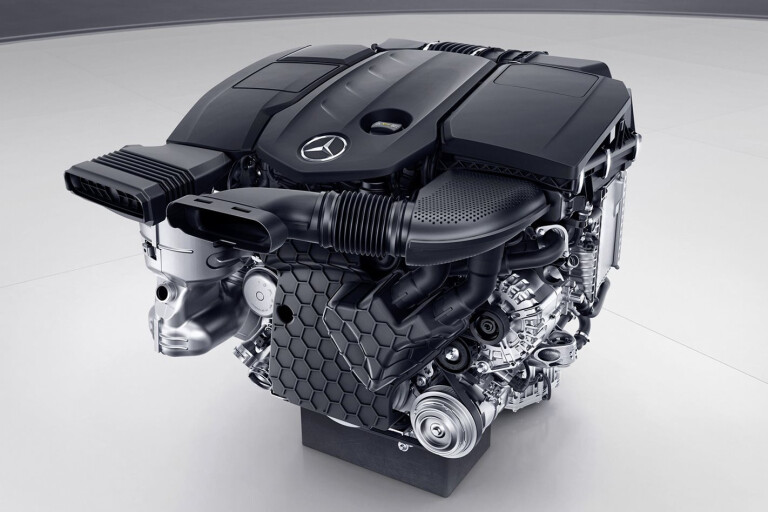
It’s no secret that vehicle manufacturers are finding it difficult to meet the increasingly tough exhaust emission regulations imposed by governments around the world.
This was highlighted recently by the Volkswagen diesel scandal, where the German manufacturer was found to have installed so-called ‘defeat software’ in its engine control electronics. This defeat software recognised when the vehicle was on an emissions test-bed and altered the engine’s running conditions to clean up the exhaust emission, especially the production of the various oxides of nitrogen collectively known as NOx.
With high combustion pressures and temperatures, diesel engines produce far more NOx than equivalent petrol engines. This results in a major environmental hurdle. On the other side of the ledger, diesels produce less carbon dioxide (or so-called greenhouse gas) than equivalent petrol engines. This is a major reason why so much development has been put into diesel engines over the last 15 years.
Following the Volkswagen exposé, a report by the International Council on Clean Transportation (ICCT) claimed that 93 per cent of both EU and US vehicles tested from six different manufacturers failed to meet current Euro 6 emission standards under real-world testing. And, on average, the vehicles produced seven times the amount of certified NOx emissions.
However, this is just the tip of the iceberg, as Euro 6 NOx regulations are due to be tightened further in 2017 and again in 2020. This is mirrored in the USA where the Environmental Protection Agency (EPA) plans to introduce tougher Tier 3 emissions standards in 2017, which will bring the national EPA mandate into line with the even stricter California Air Resources Board (CARB) standards.
Car manufacturers are saying all this is too much and that unless the regulators cut them some slack in the form of so-called conformity factors, or change the test procedures so they better reflect real-world conditions, then they simply can’t meet the upcoming standards. Indeed, some carmakers are now saying diesels are no longer part of their forward planning.
If all that sounds like bad news, then a recent announcement by Daimler AG (the company that makes Mercedes-Benz) that it’s spending AU$3.8billion on its next-generation diesel engine with the aim of meeting upcoming emissions standards has to be good news.
This doesn’t just affect Mercedes-Benz, as Daimler AG is now in a partnership with the Renault-Nissan Alliance. So these news diesel engines could also power Renaults and Nissans sometime in the future. And who’s to say that Daimler AG won’t sell the engine to other carmakers? What’s more, if Daimler AG can rise to the challenge of meeting these tough new regulations, it may spur other manufacturers on to do the same.
Daimler AG has said its new all-aluminium diesel will be a modular design and will be engineered for both north-south and east-west installation, as well as for hybrid applications, all of which indicates use in a diverse range of models.
The basic engine will be a 2.0-litre, four-cylinder that’s good for 143kW and 400Nm produced from 1600-2400rpm. The engine will initially appear by late 2016 in Benz’s mid-sized E-Class sedan.
As part of the modular design the engine can be cut down to a 1.5-litre, three-cylinder for smaller passenger cars, or it can be bumped up to a 3.0-litre, six-cylinder for bigger and heavier vehicles. A three-litre could be achieved by doubling the 1.5-litre, three-cylinder to make a V6, or adding two extra cylinders to the four to make an inline six.
The benefit of a modular design is that components including pistons, conrods, valves, injectors and the like can be shared across all engine types, while cylinder heads and camshafts can be shared between a 1.5-litre triple and a 3.0-litre V6.
Daimler has said this engine will feature Nanoslide cylinder bore technology, the same tech used in its all-conquering Formula One car. It will also be undersquare and run a low 15.5:1 compression ratio, as well as two-stage exhaust recirculation, fourth-generation common-rail injection and SCR technology.
Blue is the new green
One of the key technologies used to reduce the emission of the various oxides of nitrogen, collectively known as NOx, is called Selective Catalytic Reduction (SCR), better known as AdBlue.
NOx is produced from the reaction of nitrogen with oxygen during the combustion process and is present in the exhaust emissions of both petrol and diesel engines, but more so in diesel donks.
AdBlue is a urea solution injected into the engine’s exhaust system upstream from the catalytic converter. Once in the catalytic converter, a chemical reaction between the AdBlue and the NOx produces harmless nitrogen (the major constituent of air) and water, released as steam.
The fluid is held in a small tank and is generally refilled when the vehicle is serviced, but it’s also widely available at service stations for when the system needs to be replenished between services.

COMMENTS